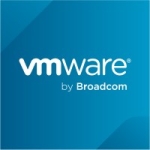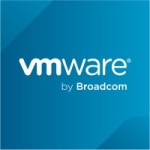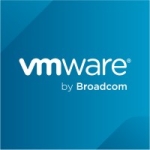We have developed for our customers a website where they do onsite inspections of heavy moving equipment. They have the ability to build reports that are all web-based now and by clicking a button it goes out to their customers. This company is now starting to roll it out. They started in Zimbabwe, Zambia, and South Africa. They are currently expanding the system to Brazil and Australia. We had to move from on-premise solutions to a cloud-based system and this what we are using Azure for.
We have found the most valuable feature to be the pricing calculator.
The solution could be easier to use. However, when comparing it to AWS it is a bit easier.
In an upcoming release, the interface could improve.
I have been using this solution for approximately two months.
Azure is reliable. I am doing other work for another company where I do not host it in Azure myself, but they have a U-systems running on Azure and it is operating all over the world. There are times when it can slow down a little but most of the time, it runs very smoothly.
We have two people using this solution in my organization.
I have one experience calling the technical support for Azure and the response was almost immediate, they are very good.
I have used AWS previously. Although AWS might be cheaper in some instances, I found it has an even worse configuration. You have to configure every detail, whereas with Azure it easier.
The installation was straightforward. Once you have a Microsoft ID everything else just falls into place.
I am currently on a pay-as-you-go subscription and my customers are going to be on a three-year contract. For what is offered in the three-year package it is quite reasonably priced. However, if I was to run it in my office from my own service it would be cheaper but the risk is too high. Here in South Africa, we have something called load shedding where the electricity is turned off for periods of time to regulate to load of the electricity being used. It can go off for five to six hours causing the batteries in the cell towers and fiber exchanges to start dropping and then the customers are offline.
This is why I have to move to a cloud platform that has generators, redundancy on fiber connections, and other mechanisms in place. It creates a lot of challenges for us.
Microsoft has two data centers in South Africa, one in Johannesburg and one in Cape Town. We will most likely be balancing between South Africa, Europe, and maybe even have a service in Australia.
I would advise others to do their research before they purchase any platform service. Everything could look fine on the surface but if you do not understand things, such as DPUs and flexible databases, you can run into some difficulties.
I rate Microsoft Azure an eight out of ten.

















